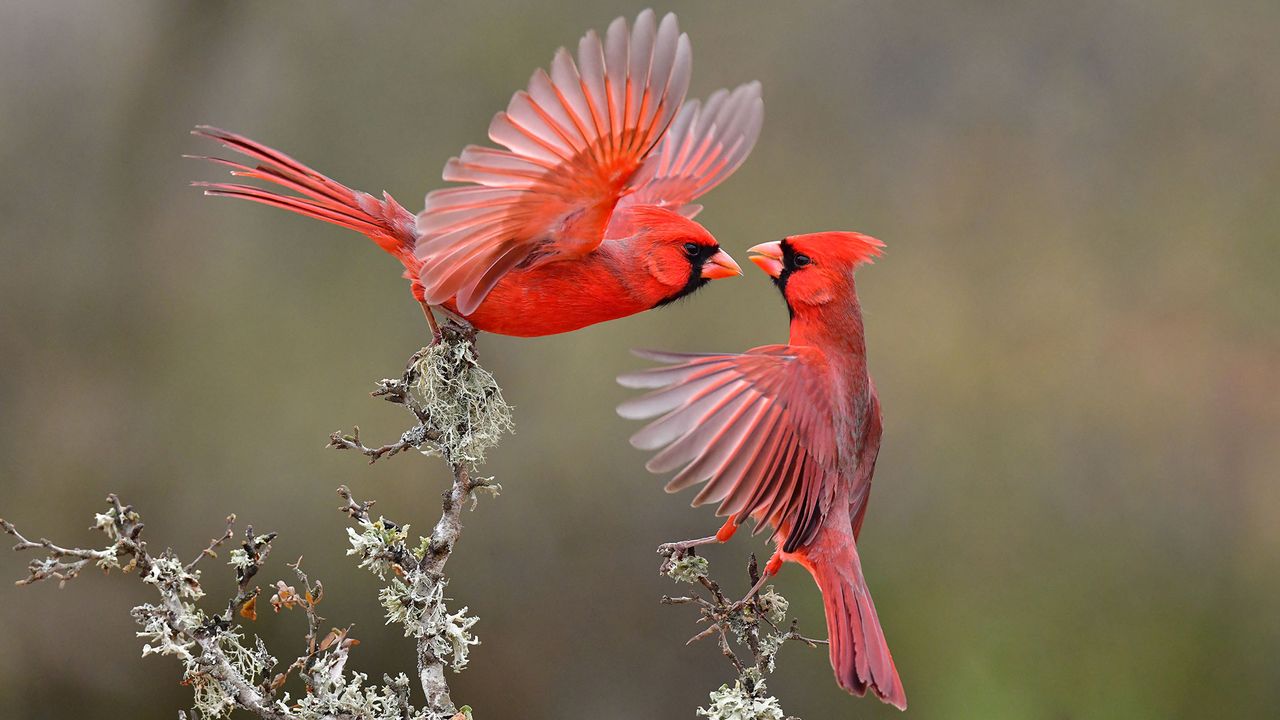Now Reading: Top Bird Song ID Apps of 2025: Master Bird Calls and Boost Your Avian Knowledge
-
01
Top Bird Song ID Apps of 2025: Master Bird Calls and Boost Your Avian Knowledge
Top Bird Song ID Apps of 2025: Master Bird Calls and Boost Your Avian Knowledge

quick Summary:
- Bird identification apps are increasingly popular for enhancing birdwatching experiences. Thay use tools like image uploads,audio recordings,adn quizzes for interactive learning.
- Notable apps include:
– Smart Bird ID: Offers features like quizzes and interactive learning for identifying birds via calls or images.- Chirpomatic: Known for it’s “bird-safe mode,” ensuring no nesting birds are disturbed during sound playback.
– Picture Bird: User-friendly interface suitable for beginners with identification capabilities across 1,000+ species worldwide.
– Audubon Bird guide: Focused solely on North American bird species, simplified local exploration.
– Merlin bird ID (Cornell University): Covers over 10,000+ species worldwide, offering recording storage and linking with smart binoculars; has unique educational features.
- These apps promote bird conservation by collecting user-generated data as part of citizen science efforts.
Indian Opinion Analysis:
India has been included among areas covered by the Merlin Bird ID app-a reflection of the country’s rich avian diversity despite space constraints in the far text- also reinforces India’s reputation as a global biodiversity hub worthy presence likely boosts data-driven contributions to local eco-monitoring tackling growing urbanizationeffects impacts near ecosystems collapses.- The listed apps mostly serve recreational interests potential collaborations national NGOs institutions assisting protect migratory manage wildlife tourism resources further redistributive awareness campaigns ultimately encouraging connectivity uniquely strengthening__”:
source trainQuick Summary
- Picture Bird App:
– Identifies over 1000 bird species worldwide using AI for sound and image recognition.
– Operating systems: iOS and Android. Free with optional in-app purchases ($2.99-$29.99).
– Features include further information about feeding habits/habitat and collection function to store/sharing IDs.
- Audubon Bird guide:
– Specialized for North America, identifying ~800 bird species based on location/time-specific descriptions.
– Operates on iOS & Android for free; focuses on developing user observation skills rather than AI identification.
- birdnet App:
– Developed as citizen science platform, identifies over 3000 bird species globally using sound recognition via phone’s microphone.
– Free app supporting conservation efforts by collecting data to understand global bird patterns better.
Indian Opinion Analysis
The emergence of apps like picture Bird, audubon Bird Guide, and BirdNET highlight the growing use of technology in nature-affiliated activities such as birdwatching, which is increasingly popular among urban populations locally and globally. For India specifically, tools enabling engagement with diverse local wildlife could foster ecological awareness while contributing valuable data to conservation projects. Apps that combine accessible interfaces with educational content or aid scientific initiatives might be vital in strengthening India’s environmental dialog amidst its biodiversity challenges.Moreover, inclusion of large-scale AI-powered databases ensures accessibility across skill levels-from novice enthusiasts to seasoned ornithologists-and geographic regions like India where diverse habitats host myriad avian species important culturally/ecologically (e.g., migratory cranes).These technologies could accompany larger conservation frameworks if customized further around regional needs or multilingual access boosting scope inclusivity across non-English-literate demographics common nationally.
Read moreQuick Summary
- Raw news text and images were not provided, making it impossible to extract factual content.
- No details or direct quotes are currently accessible.
Indian Opinion Analysis
Without specific information or textual input, no logical commentary about India’s implications can be formed. The analysis requires data from the source text to ensure accuracy and neutrality.
Read More























